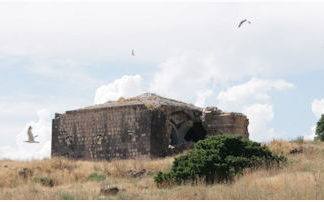Mirror-Spectator Staff
WATERTOWN — In early 2012, Tom Garabedian was named the new managing director of the Armenian Tree Project (ATP), a non-profit organization founded to promote Armenia’s reforestation and subsequent socioeconomic developments.
For Garabedian, a former actuary consultant, the decision to get involved was an easy one. “There is no question that more emphasis needs to be focused on Armenia’s environment. The Tree Project is one of the key organizations whose sole focus is on Armenia’s environment, and that is personally motivating,” he said.
Prior to joining the ATP team, Garabedian had worked for Aon Hewitt, retiring in early 2011. He first joined ATP as a management consultant for its Executive Committee. “I had an opportunity to interview management and staff both in Watertown and Yerevan and was able to develop a sense of ATP’s strengths and to identify areas needing improvement,” said Garabedian. From there, Garabedian took his skills managing both people and projects and his newly acquired intimate knowledge of the organization into his new role as managing director of ATP in early 2012, taking over for Jeff Masarjian.
Garabedian is responsible for all of the operations of ATP both here and in Armenia. He oversees the finances of the organization including fundraising and expense perspectives, the programs underway in Armenia and staff assessment and development. While he has far-reaching responsibilities, Garabedian is quick to credit his fellow ATP staffers with aiding him in these endeavors. “We have very competent managers both in Watertown and in Armenia, so that relieves some of the pressure on the Managing Director,” said Garabedian.








